Disclosure: This article contains affiliate links. We may earn a commission from purchases at no extra cost to you, which helps our travel content.
When I first stepped into Pecs, Hungary's fifth-largest city nestled against the slopes of the Mecsek Mountains, I wasn't prepared for how this underrated gem would capture my heart through my stomach. As someone who has explored culinary scenes from Oaxaca to Dubai, I can confidently say that Pecs offers one of Europe's most authentic yet undiscovered food experiences. The city's unique position at the crossroads of Mediterranean and Central European influences has created a culinary landscape as diverse as the architectural styles that line its streets. Fall transforms this university town into a feast for the senses - with grape harvests in full swing, chestnut festivals bringing communities together, and the warm, earthy aromas of paprika-infused dishes filling the air. Join me as we explore a weekend of gastronomic delights that perfectly balance tradition and innovation in Hungary's most multicultural city.
The Villány Wine Region: Hungary's Bordeaux
Just a short 30-minute drive south of Pecs lies the Villány wine region, often called 'Hungary's Bordeaux' for its exceptional red wines. Unlike the more internationally recognized Tokaj region, Villány remains relatively undiscovered by mass tourism, creating an experience that feels authentic and intimate.
My journey began at the Gere Attila Winery, a family-owned estate where traditional methods meet modern sustainability practices. The winery's stone cellar, cool and dimly lit, provided the perfect setting for a guided tasting of their award-winning Cabernet Franc and Portugieser varieties. What struck me most was the passionate explanation of how the region's unique microclimate - with more annual sunshine hours than almost anywhere else in Hungary - creates wines with distinctive character and depth.
For those seeking a more immersive experience, I highly recommend booking the wine picnic which includes transportation from Pecs, visits to three family wineries, and a traditional Hungarian picnic among the vineyards. The experience of enjoying freshly made körözött (Hungarian cheese spread) with still-warm bread while overlooking rows of autumn-hued vines creates memories that linger far longer than the wine itself.
As a lawyer who spends most days in fluorescent-lit courtrooms, there was something profoundly restorative about connecting with vintners whose families have worked the same land for generations. Their stories of perseverance through communist collectivization and eventual return to family ownership offered insights into Hungarian history that no museum could provide.
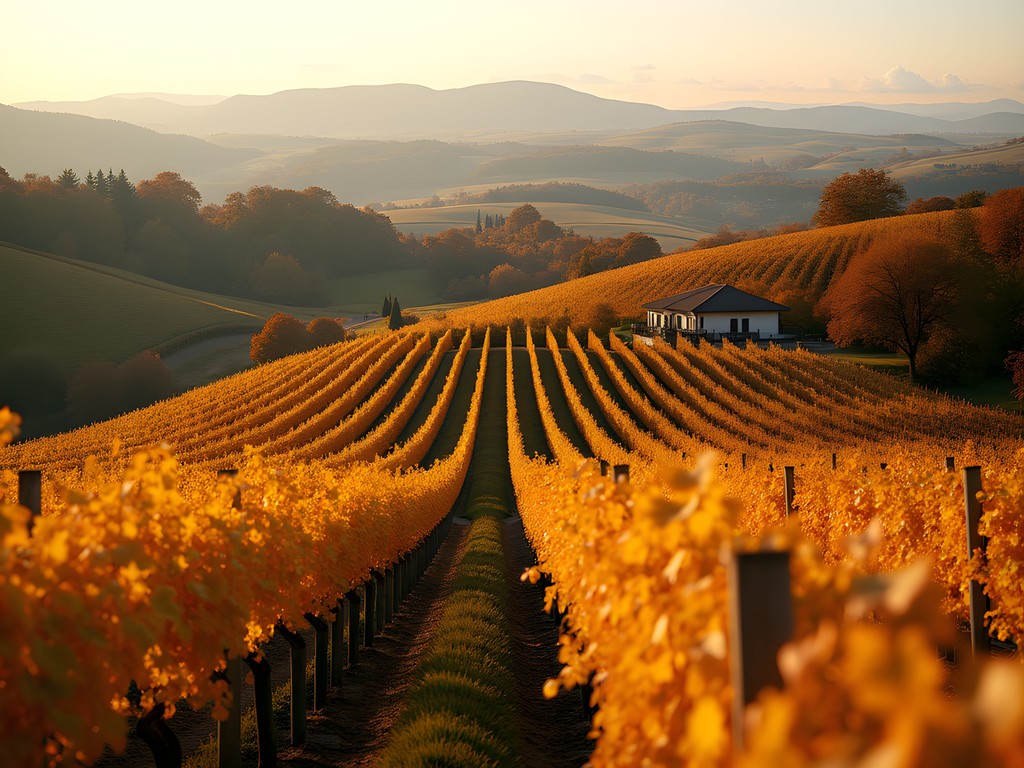
💡 Pro Tips
- Book winery visits in advance as many smaller producers have limited English-speaking staff
- Try the Kékfrankos (Blaufränkisch) variety - it's the region's specialty and pairs perfectly with local dishes
- Many wineries offer shipping services, so you don't need to worry about fitting bottles in your luggage
Market Morning: Pecs' Culinary Heartbeat
To truly understand a city's food culture, you must start where the locals shop. This philosophy led me to Pecs' Central Market Hall at 7 AM on a crisp Saturday morning. The 19th-century building with its wrought-iron details houses a microcosm of Hungarian food culture that reveals itself to early risers.
Navigating the market requires strategy. I began in the produce section, where farmers from surrounding villages displayed mushrooms foraged from the Mecsek Mountains alongside pyramids of glossy red paprika peppers. An elderly vendor, noticing my interest, handed me a slice of her homegrown apple with a smile that transcended our language barrier. This simple exchange exemplifies why I travel - connections formed through shared appreciation of something as fundamental as food.
The market's second level houses what quickly became my weekend ritual spot - small family-run eateries serving traditional Hungarian breakfast. At Marika's stall (look for the checkered tablecloths and perpetual line), I discovered the transcendent simplicity of properly prepared túrós csusza - pasta with cottage cheese, bacon, and sour cream. Watching Marika prepare each dish while bantering with regular customers provided a masterclass in both Hungarian cuisine and community building.
Before leaving the market, I made sure to purchase packets of the region's famous sweet paprika. Unlike the dusty versions found in American supermarkets, this freshly ground spice bursts with complex flavors ranging from sweet to smoky. I also picked up a handcrafted wooden spice box - a beautiful keepsake that now houses my growing collection of global spices and serves as a daily reminder of Pecs' vibrant market culture.
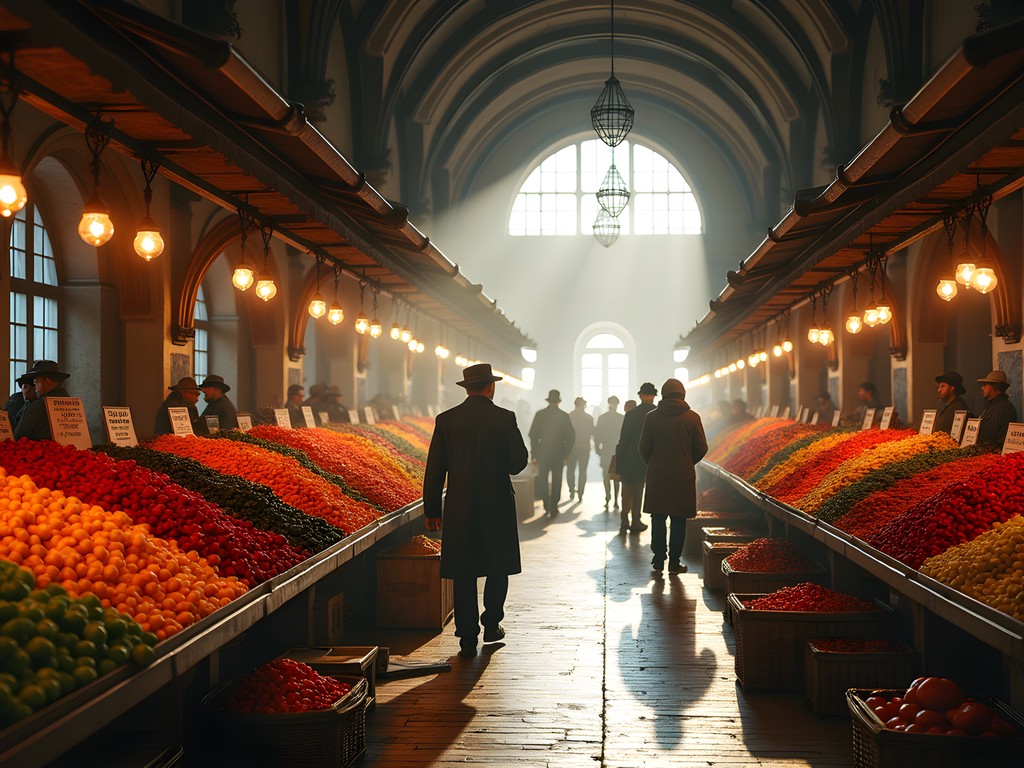
💡 Pro Tips
- Arrive early (before 8 AM) on weekends to see the market at its most authentic and avoid crowds
- Bring cash in small denominations as many vendors don't accept cards
- Look for products labeled 'házi' (homemade) for the most authentic local specialties
The Zsolnay Quarter: Where Culinary Arts Meet Visual Arts
Pecs' UNESCO-recognized porcelain heritage finds its home in the revitalized Zsolnay Cultural Quarter, where former factory buildings now house museums, galleries, and some of the city's most innovative restaurants. The juxtaposition of 19th-century industrial architecture with contemporary culinary creativity makes this area a must-visit for food enthusiasts.
My exploration centered around Zsolnay Café, housed in the former residence of the Zsolnay family. The café's interior, adorned with original Zsolnay porcelain pieces, creates an atmosphere where you're simultaneously dining and museum-going. Their seasonal menu emphasizes local ingredients through a contemporary lens – I particularly recommend their pumpkin cream soup served in miniature Zsolnay porcelain cauldrons, a perfect marriage of the region's culinary and artistic heritage.
The quarter's pedestrian-friendly layout encourages post-meal wandering, which led me to discover a small chocolate atelier where a former pastry chef creates hand-painted bonbons infused with local flavors like Mecsek Mountain honey and Villány wine. Watching him carefully brush edible gold onto chocolate canvases reminded me how closely culinary and visual arts intertwine in Hungarian culture.
For those interested in bringing these experiences home, I recommend the Hungarian cookbook available at the quarter's beautifully curated bookshop. Unlike many tourist-oriented cookbooks, this volume provides authentic recipes with cultural context, making it possible to recreate Hungarian flavors with ingredients available internationally.
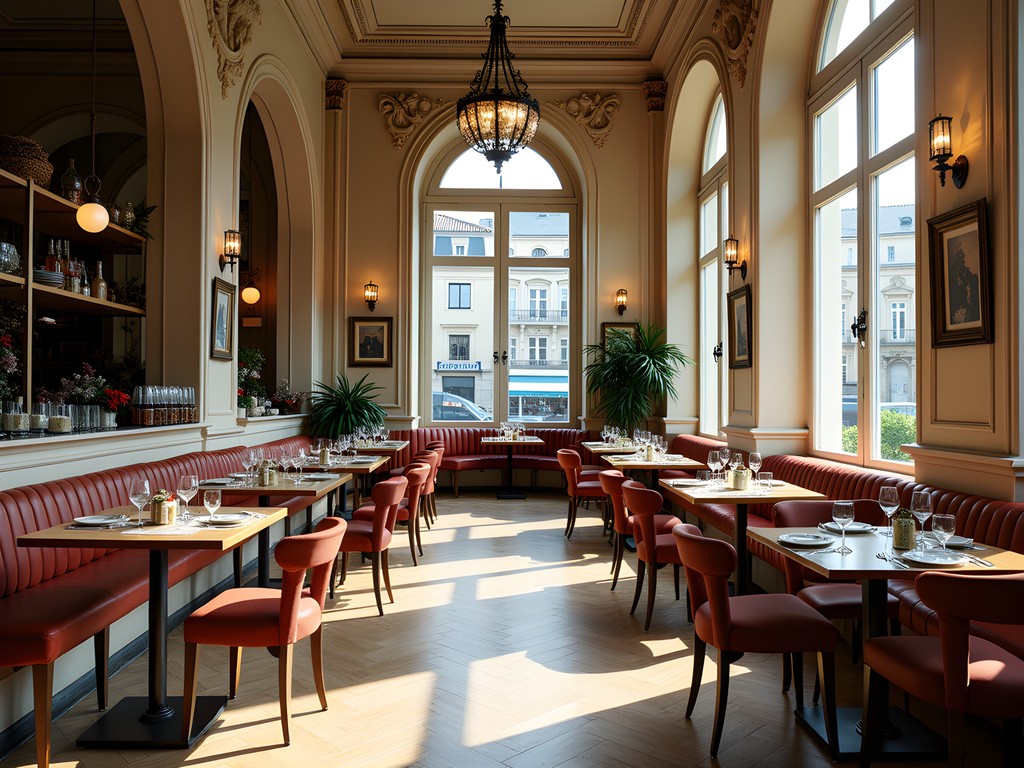
💡 Pro Tips
- Reserve a table at Zsolnay Café in advance for weekend brunches
- Check the quarter's cultural calendar as they often host food festivals and culinary workshops
- Many shops offer shipping for fragile Zsolnay porcelain pieces – a better option than risking damage in your luggage
Mecsek Mountain Harvest: Foraging and Farm-to-Table
My most memorable culinary experience in Pecs came unexpectedly through a chance conversation with my Airbnb host, who mentioned a local chef offering foraging expeditions in the Mecsek Mountains followed by a cooking class. As someone who believes that understanding ingredients in their natural environment deepens our appreciation of cuisine, I immediately signed up.
Chef Balázs, a former fine-dining chef who returned to his hometown to reconnect with traditional Hungarian foodways, led our small group through forest paths carpeted with fallen leaves. The three-hour expedition yielded wild mushrooms, rosehips, juniper berries, and wild herbs that would form the foundation of our meal. Balázs' knowledge of both culinary applications and folk medicine traditions associated with each plant provided context that transformed simple ingredients into cultural artifacts.
Back at his rustic teaching kitchen, we learned to prepare mushroom paprikás, a dish that perfectly captures the essence of Hungarian cuisine – simple ingredients transformed through technique and the judicious use of paprika. The experience of harvesting ingredients and then transforming them into a meal created a connection to place that no restaurant experience could match.
For those unable to join a foraging expedition, I recommend visiting the Sunday farmers' market in Kossuth Square, where many of these same forest ingredients appear alongside organic produce from surrounding farms. I particularly enjoyed sampling medvehagyma (wild garlic) products, a regional specialty that locals incorporate into everything from cheese to honey.
To capture these flavors at home, I invested in a high-quality paprika grinder which preserves the essential oils in paprika far better than pre-ground versions. This simple tool has revolutionized my home cooking, allowing me to bring a touch of Hungarian flavor to dishes from my own Mexican-American culinary heritage.
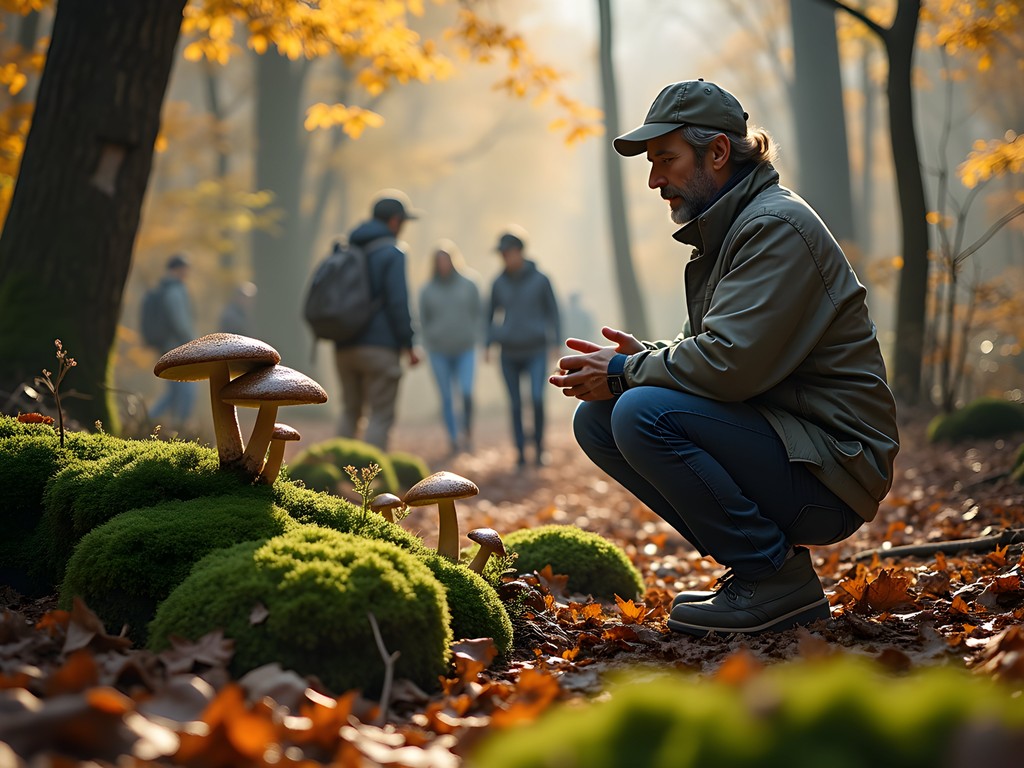
💡 Pro Tips
- Book foraging expeditions at least a week in advance and be prepared with sturdy walking shoes
- If you purchase wild mushrooms at markets, locals recommend sautéing with caraway seeds to enhance digestibility
- Many forest ingredients can be dried and transported home legally (but check customs regulations for your country)
Sweet Endings: Pecs' Café Culture and Pastry Traditions
In a country renowned for its café culture, Pecs stands out for maintaining traditional coffeehouses that feel unchanged since the Austro-Hungarian Empire. These establishments serve as community living rooms where conversations flow as freely as the coffee, and where pastry-making reaches the level of high art.
Virgonc Café, located in a 200-year-old building near Széchenyi Square, became my daily afternoon retreat. The café's specialty, Pécsi szelet (Pecs slice), layers chocolate sponge cake with apricot jam and chocolate cream in a combination that perfectly balances sweetness and acidity. What makes this place special isn't just the quality of their pastries but the multigenerational clientele – I observed university students studying alongside elderly couples who've been visiting for decades.
For those interested in Hungary's Jewish culinary heritage, a visit to Nemes Café is essential. Their flódni – a traditional layered cake with poppy seeds, apple, walnut, and plum jam – offers insight into the once-vibrant Jewish community that contributed significantly to Pecs' cultural landscape before WWII. The current owner shared how her grandmother hid the recipe during the Holocaust, preserving this culinary tradition against overwhelming odds.
Coffee culture here isn't just about consumption but connection. I noticed locals rarely rush through their café visits, instead using these spaces for meaningful conversation. As someone who often grabs coffee to-go in my busy Philadelphia life, this intentional slowing down was perhaps the most valuable souvenir I brought home.
To recreate the Hungarian café experience at home, I purchased a Hungarian coffee set with the distinctive hand-painted designs that make Hungarian porcelain famous worldwide. Now, weekend mornings at home include the ritual of preparing coffee in this set, a small act that helps maintain the mindfulness I discovered in Pecs' café culture.

💡 Pro Tips
- Cafés are busiest between 3-5 PM; visit outside these hours for a more relaxed experience
- When ordering coffee, try 'melange' - the Hungarian version of cappuccino with a distinctive spice blend
- Many cafés offer 'sütemény válogatás' (pastry selection) - a perfect way to sample multiple specialties in one sitting
Final Thoughts
As my weekend in Pecs drew to a close, I found myself sitting in Széchenyi Square one last time, savoring a final kürtőskalács while watching locals go about their Sunday rituals. What struck me most about Pecs' culinary scene wasn't just the quality of food and wine, but how gastronomy here remains deeply connected to community, history, and place. Unlike destinations where tourism has created artificial food experiences, Pecs offers authentic culinary traditions that continue to evolve organically. For couples seeking a food-focused getaway that balances romance with cultural immersion, Pecs provides a perfect alternative to overcrowded European destinations. As you plan your own culinary adventure in this hidden Hungarian gem, remember that the most memorable experiences often come from slowing down, engaging with locals, and allowing yourself to be guided by both appetite and curiosity.
✨ Key Takeaways
- Pecs offers an authentic Hungarian culinary experience without the crowds of Budapest
- Fall is ideal for visiting, combining wine harvest, mushroom foraging, and comfortable temperatures
- The city's multicultural history creates a unique fusion of Central European and Mediterranean flavors
📋 Practical Information
Best Time to Visit
September to early November
Budget Estimate
$100-150 per day for accommodations, meals and activities
Recommended Duration
2-3 days
Difficulty Level
Easy

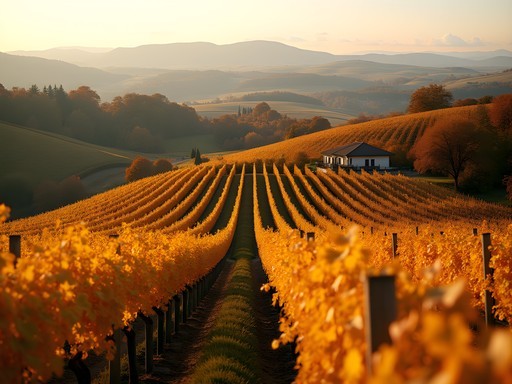

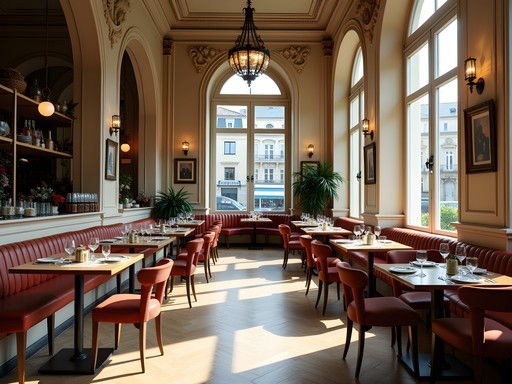
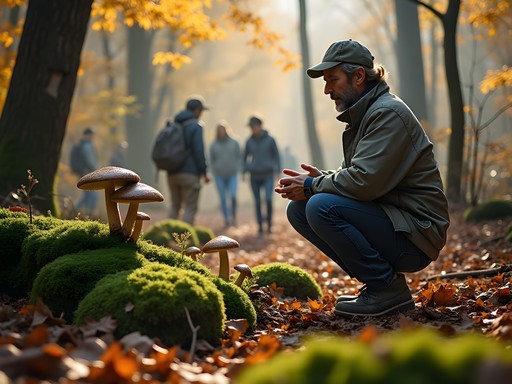
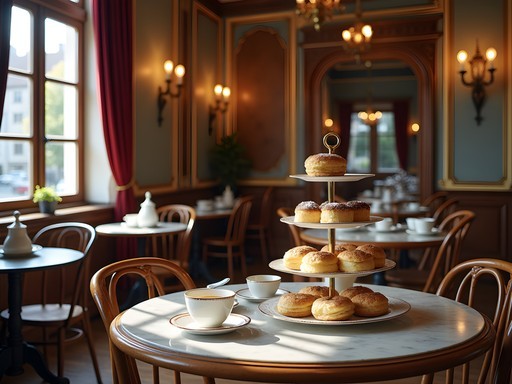



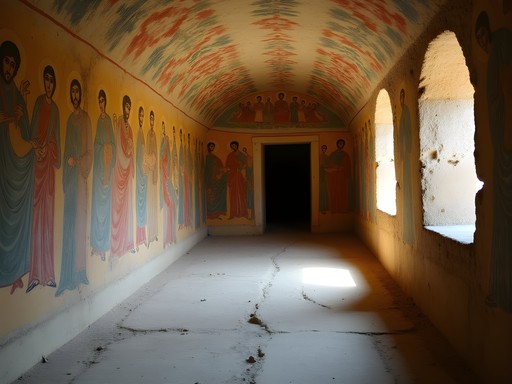





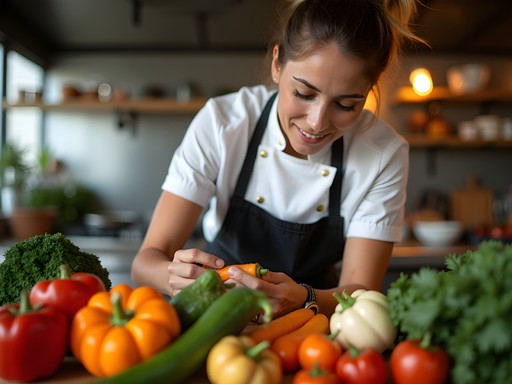
Comments
wavenomad
Beautiful photos! Hungary is so underrated.
tripgal
OMG the kürtőskalács!!! 😍 I had one in Budapest but now I NEED to try the Pecs version! Your photos are making me so hungry right now. Adding this to my Hungary itinerary for next spring!
Jean Wells
Your description of the market reminds me of my visit to Pecs in 2023. The contrast between Hungary's modern culinary scene and traditional foods is fascinating from an anthropological perspective. I documented significant regional variations in paprika usage between Pecs and other Hungarian regions. The Mecsek mountain herbs add distinctive terroir to local dishes that's absent elsewhere. I found the integration of Ottoman influences in Pecs' cuisine particularly noteworthy - the coffee culture and sweet pastries show clear Turkish lineage while maintaining Hungarian identity. Did you notice how the local Kadarka wine specifically complements their paprika-forward dishes? This pairing appears deliberately cultivated over centuries.
adventurelover
Which wineries would you recommend visiting in Villány if we only have one day?
Savannah Torres
For a one-day visit, I'd recommend Bock Winery for their amazing Cabernet Franc and Gere Attila for their Portugieser. Both have great tasting rooms and the staff speak English!
escapeexplorer
I'd add Vylyan to that list - beautiful terrace with mountain views and their Cabernet Sauvignon is outstanding. They also do a nice lunch platter with local cheeses!
happyexplorer
I was in Pecs last summer and totally agree about the Villány wine region! The Cabernet Francs were amazing - so much better than I expected. Did you try the fish soup? I had it at a small restaurant near Széchenyi Square and it was incredible. The paprika really makes Hungarian cuisine special.
Savannah Torres
Yes! The halászlé (fish soup) is fantastic there. I had it at Nappali Kávéház - they make it with carp and lots of paprika. So glad you enjoyed Villány too!
beachadventurer
Going to Pecs in September! How many days would you recommend staying? Is it easy to get around the wine region without a car? Your foraging section has me intrigued!
SavannahT
I'd say 3-4 days is perfect! There are wine tours that pick up from central Pecs if you don't have a car. For foraging, check if Mecsek Mushroom Club has any guided walks during your visit - they do English tours sometimes!
beachadventurer
Thanks so much! Just booked 4 days. Can't wait to try that Cabernet Franc everyone's talking about!
hikingmood
That picture of kürtőskalács in Széchenyi Square is making me hungry! Did you try the cinnamon sugar one or another flavor?
sunsetlegend
Not the author but when I was in Hungary I tried walnut and it was LIFE CHANGING!
Timothy Jenkins
Brilliant write-up on Pecs! I visited last autumn and was equally impressed by the Villány wine region. The Cabernet Franc there truly is exceptional - I'd recommend Gere Winery specifically for anyone planning a visit. One thing I'd add is to try the fish soup (halászlé) at Mandula Restaurant near the cathedral - it's a Hungarian specialty with a unique Pecs twist using local paprika. Did you manage to visit any of the small family cellars in the villages outside Pecs? Some of those hidden gems offer the most authentic tasting experiences.
SavannahT
Thanks Timothy! I did visit a small family cellar in Villánykövesd - such an authentic experience. The owner showed us their 200-year-old cellar and we tasted wines straight from the barrel. Wish I'd known about Mandula though - next time for sure!
beachadventurer
@Timothy Jenkins - just noted down Gere Winery and Mandula Restaurant for my trip next month! Any other must-visit spots?
Timothy Jenkins
@beachadventurer Don't miss the Sunday farmers' market if you're there on a weekend. And bring a good wine journal if you're doing serious wine tasting - helps remember all those Hungarian varietals!
oceanblogger
Wow! Never considered Hungary for a food trip but now Pecs is on my bucket list! Those kürtőskalács look amazing in your photos!
SavannahT
Thanks! The kürtőskalács are absolutely worth the trip alone - especially the cinnamon sugar ones fresh from the market!
blueace5405
How's the English spoken there? Worried about language barriers.
coolstar
In restaurants and hotels in central Pecs, we had no problems. Younger people especially speak good English. In smaller villages and with older locals, it gets trickier, but everyone was super patient with Google Translate!
Venture X
Premium card with 2X miles, $300 travel credit, Priority Pass